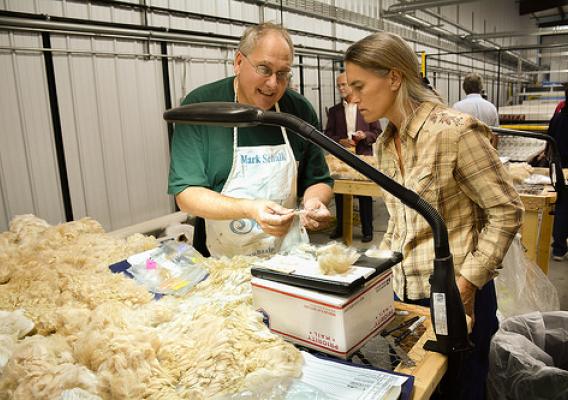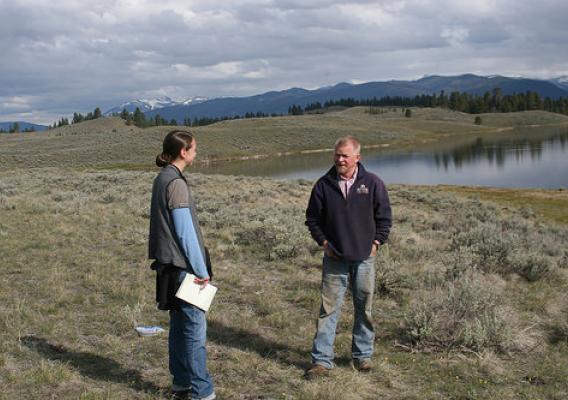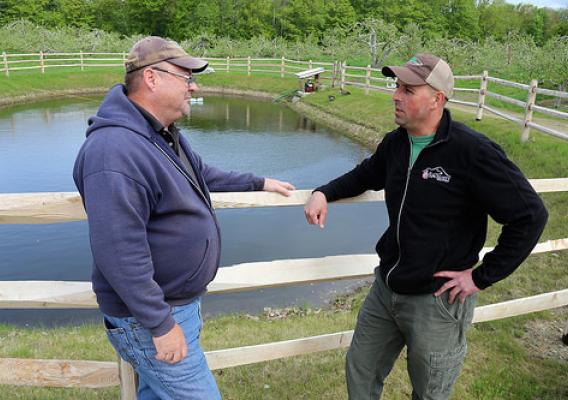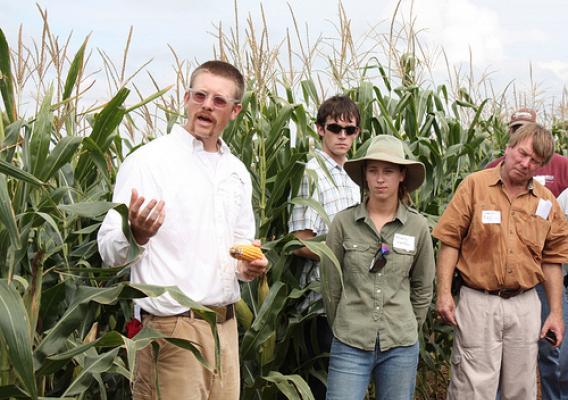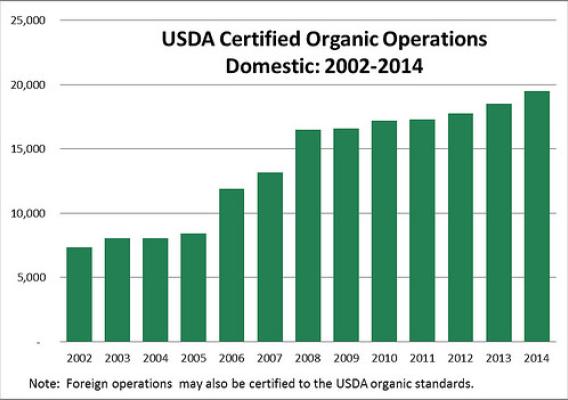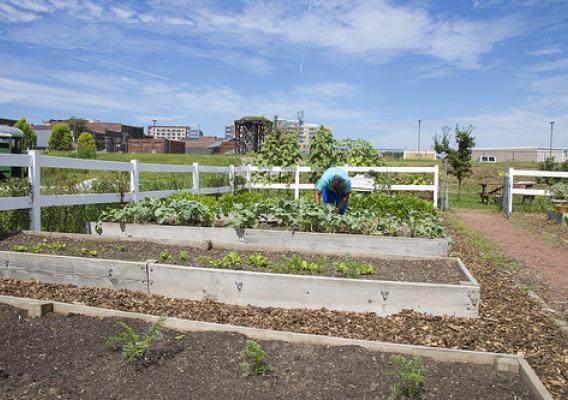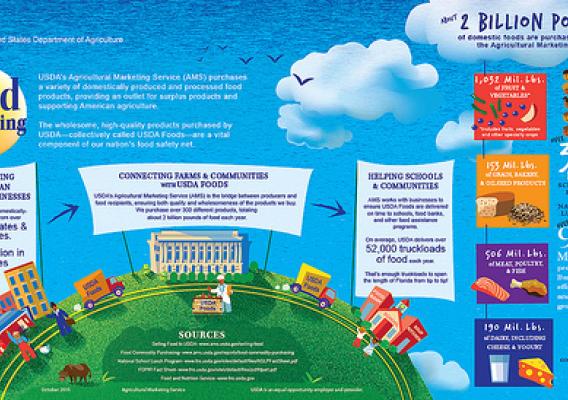NOTE: This week on the USDA Blog, we'll feature the stories of America's Harvest Heroes who, like farmers across the nation, are working this harvest season to secure the bounty of healthy food American agriculture is renowned for. From laying the foundation for the next generation of farmers putting down roots in rural America, supporting the fruit and vegetable growers who are helping to build healthier communities, bolstering new markets for the products of agricultural innovation, to harvesting renewable energy that is made in Rural America, with USDA's support our farmers are yielding strong results for every American. For these reasons and more, America’s Harvest Heroes deserve our thanks.
A towering, craggy McIntosh apple tree in the center of the orchard at Red Apple Farm in Phillipston, Massachusetts, has weathered 113 winters, borne many tons of crisp, tart apples and fed generations of customers. Planted in 1912, it’s the oldest commercially planted McIntosh tree in New England and possibly the country. Thanks to care by generations of the Rose family, that ancient apple tree still produces fruit today.


